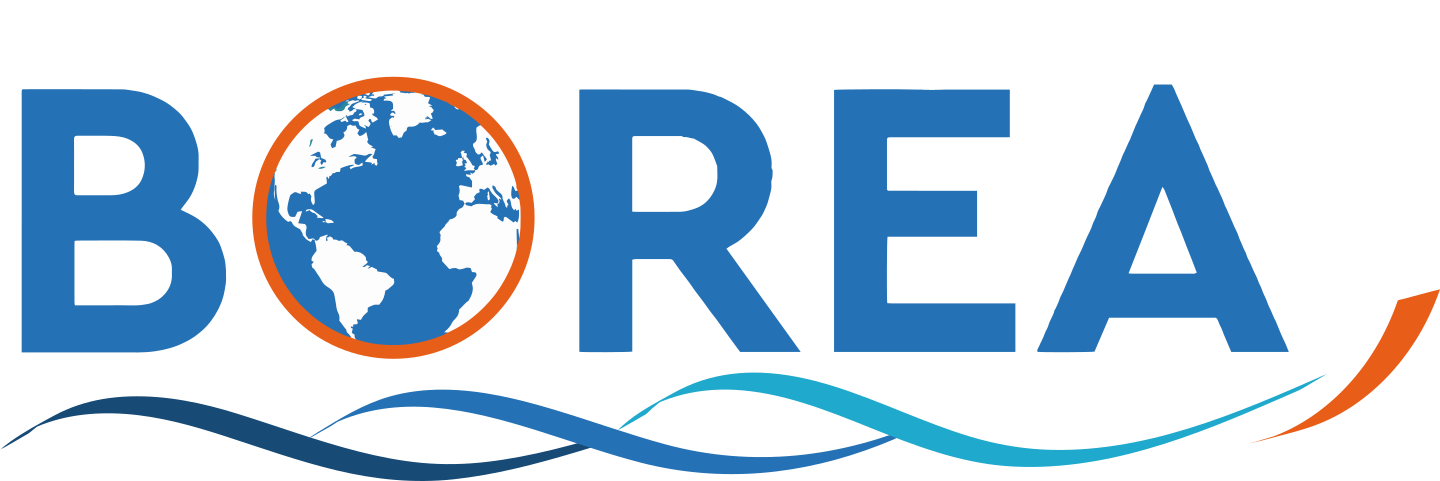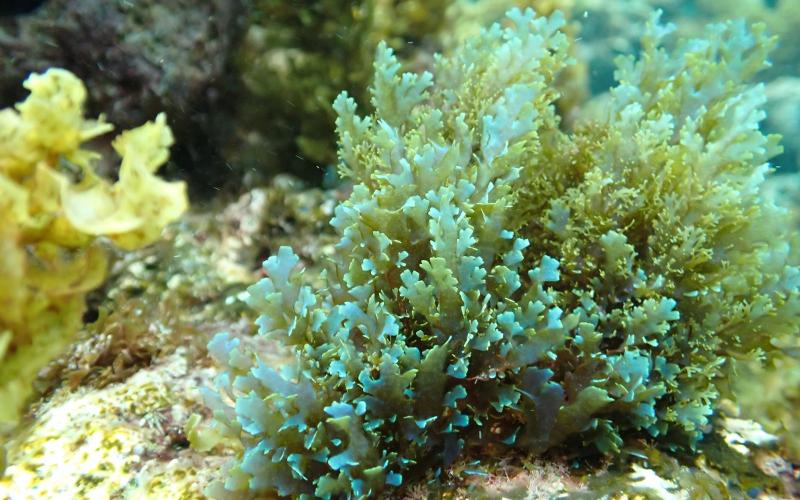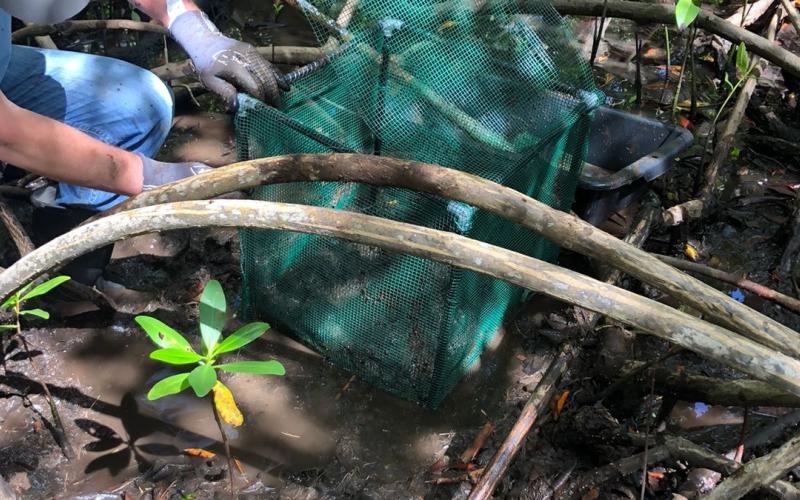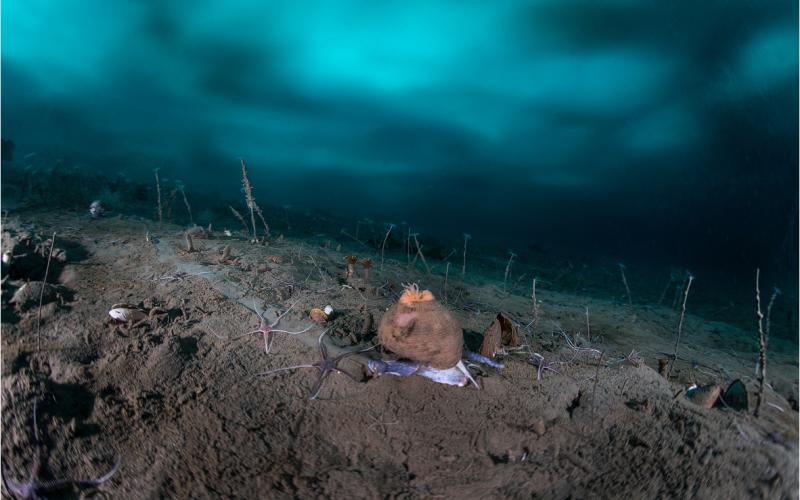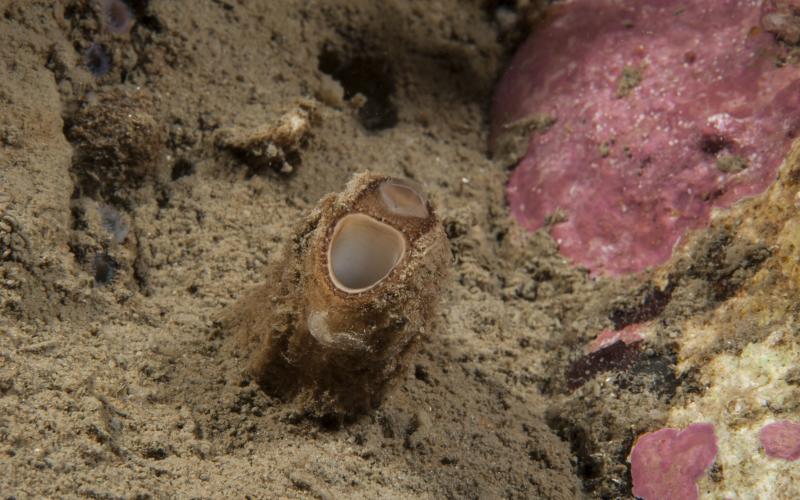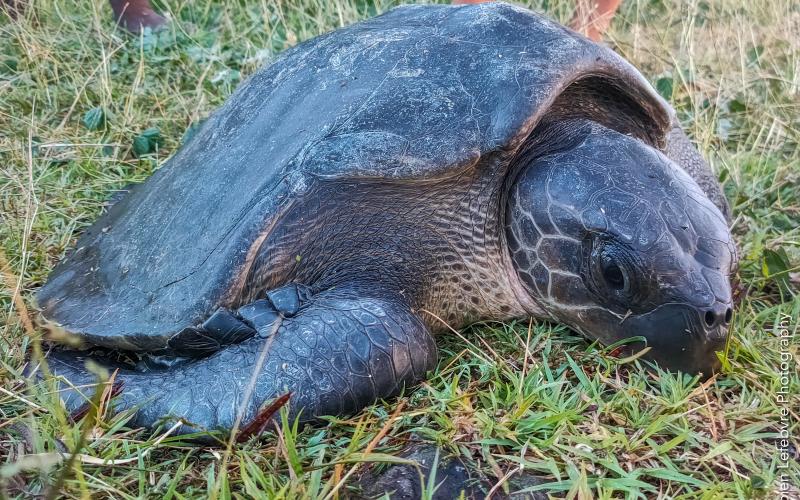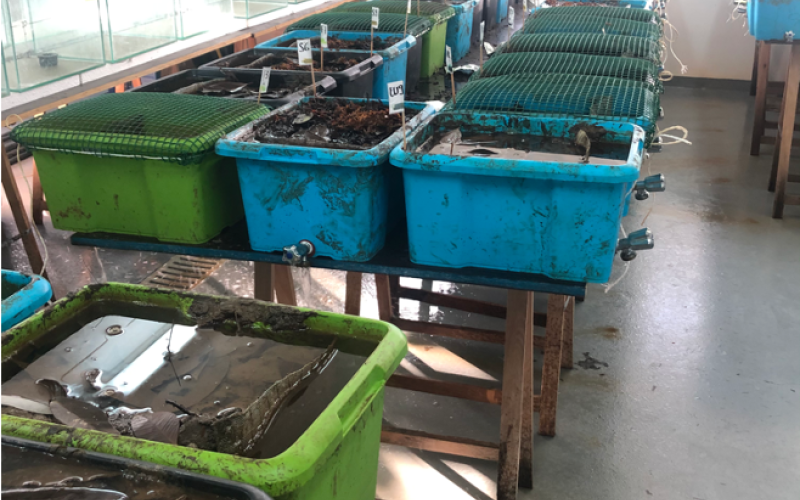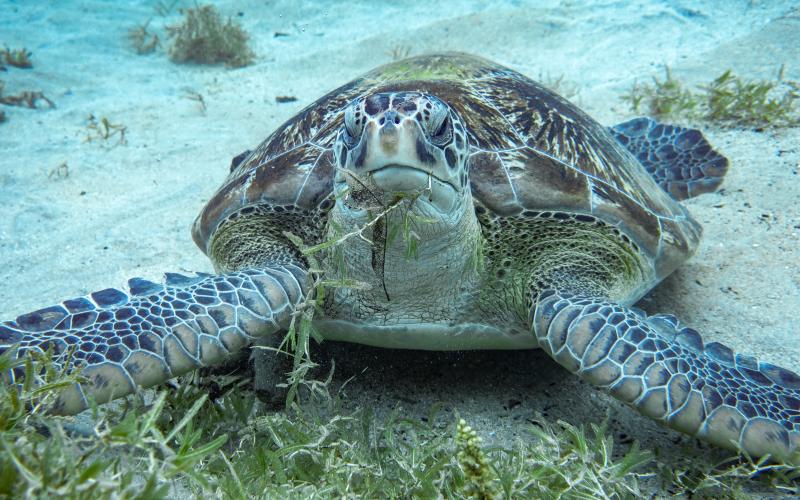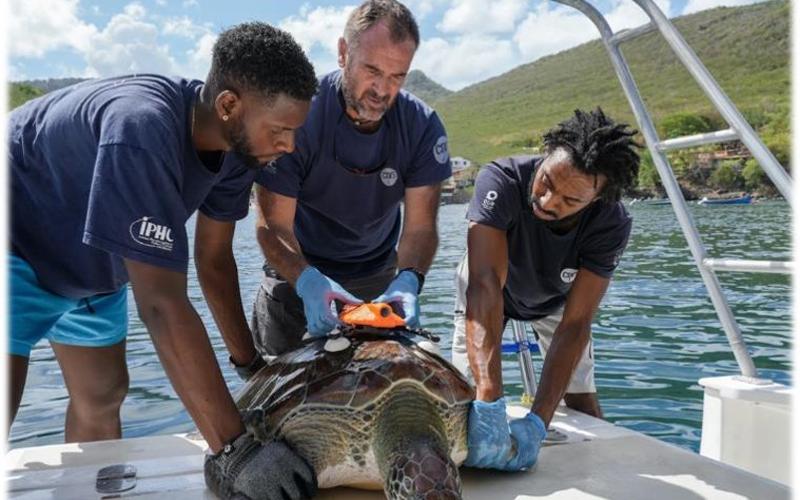InECO aims to study the resilience and evolution of both biotope and biocenosis of coastal ecosystems, particularly insular, tropical or temperate, included in a land-sea-ocean continuum.
In a context of integrative ecology, our research combines descriptive and functional studies at population and ecosystem scales, using experimental approaches (in situ or in the laboratory), observations and modeling. The aim is therefore to study the functional responses (vulnerability/buffering role) of ecosystems and the adaptive mechanisms of species, populations and communities to environmental pressures.
InECO focuses on the adaptive responses of species and ecosystems to measurable/quantitative forcings such as climatic (temperature, ocean acidification, changes in the frequency and/or intensity of major events, etc.) and anthropogenic factors (eutrophication, coastal erosion, chemical and/or acoustic pollution, etc.).
IneCO also integrates the components of the ecosystem decomposition and biosynthesis cycle, primarily “blue” carbon storages and greenhouse gas emissions, through fine characterization of organic matter and flux measurements at land-sea-atmosphere interfaces. It tackles these different themes at all scales, using approaches based on geosciences, biogeochemistry, analytical chemistry, remote sensing, environmental genomics, ecophysiology, chemical, functional and behavioral ecology.
InECO pays particular attention to coastal habitats structured by engineer species, including mangroves, seagrass beds and coral reefs, characterized by the combined presence of high biodiversity and their interconnections along continuums. Particularly vulnerable to climatic and anthropogenic changes, these ecosystems represent epicenters of extinction, especially when they are part of a tropical and insular context.
The approaches developed by the InECO team are also based on the implementation of integrative monitoring protocols as part of long-term observation programs for populations, ecosystems and socio-ecosystems, via existing observatories such as the OHM Littoral Caraïbe.
Axis 1: Roles and mechanisms of biotic and abiotic transfers within ecosystems
Using tracers of living and detrital organic matter, measurements of carbon fluxes and reservoirs in pelagic, benthic and terrestrial compartments, we aim to monitor transfers within and between connected ecosystems, in order to estimate changes in their functioning under anthropogenic constraints, in relation to the dynamics of associated biodiversity. In parallel, we will also be looking at the transfer of contaminants of biotic or anthropogenic origin (e.g. sargassum, chlordecone, heavy metals, POPs, microorganisms/pathogens) within communities and ecosystems.
Axis 2: Adaptations of organisms and communities to environmental pressures
In this axis, we study the resilience vs. evolutionary capacities of communities and organisms in the face of variations in the frequency and/or intensity of environmental pressures. Analysis of the resilience or evolutionary trajectory of an ecosystem and its associated community requires an understanding of the acclimatization/sensitivity and adaptation potential of organisms, which relate on both their intrinsic evolutionary capacities (genetic diversity, phenotypic plasticity, life-history traits, biological cycles...) and functional ecological ones (demography, recruitment dynamics, trophic level and interactions...), in response to environmental disturbances.
Axis 3: Observatories and socio-ecosystem trajectories
Monitoring and integrating biological, environmental, physico-geochemical and sociological data over space and time is essential to the research carried out in axis 1 and 2. The integration of environmental data and data from the human and social sciences, as in the case of the OHM Littoral Caraïbes, enables us to study the trajectories of socio-ecosystems, notably via research perspectives on the representation of ecosystems by the population, the development of Urban-Portuary-Natural systems, the estimation of the impact of climatic vs. anthropic and urban disruptors (e.g. artificialization, sound, light, pathogens), or the integration of the One-Health concept.
